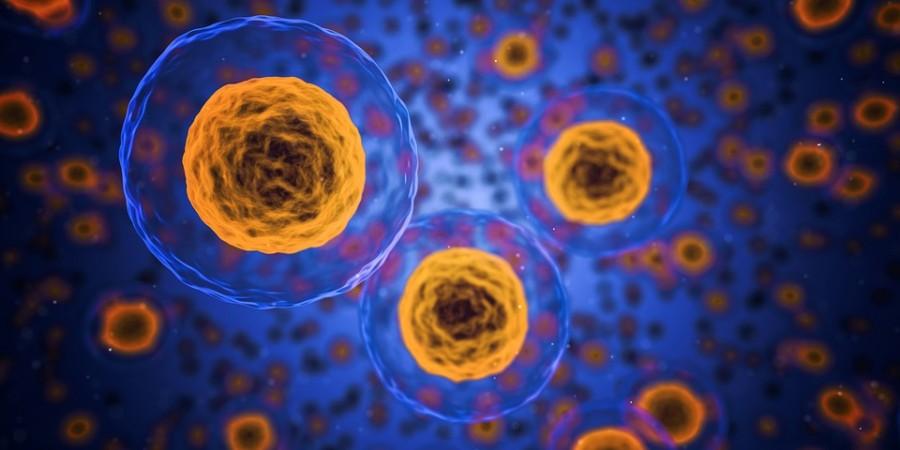![Interstitium acts as a shock absorber lining tissues that could be prone to forces. Its discovery could also provide clues about the spreading of cancer. [Representational image] cells](https://data1.ibtimes.co.in/en/full/684393/cells.jpg?h=450&l=50&t=40)
The anatomy of human beings has been studied for thousands of years and one would assume that there is nothing new to know about our bodies, but even today, scientists are making fresh revelations about our bodies that will leave our minds blown.
Meet your newly-discovered organ, interstitium, which was hiding in plain sight, undiscovered all these years, despite being probably one of the largest organs of the human body.
Previously thought to be a dense, connective tissue running all throughout the body, this organ is actually a network of fluid-filled compartments that act as the body's shock absorbers. The discovery was made by scientists from the New York University's Langone School of Medicine.
Not only does the finding shed new light on the understanding of the human body, but it could also help reveal clues about the spread of cancer in certain areas of the body.
The interstitium's interconnected compartments sit like a 'highway of moving fluid' beneath the top layer of the skin. It lines the digestive tract, lungs and urinary systems, also surrounding the arteries, veins and fascia between the muscles.
Previously, the human body is known to have a lot of fluids – almost half found within the cells and another seventh of it inside the heart, blood vessels, lymph nodes, and lymph vessels. The network that carries the rest of the interstitial fluid in the human body has been labelled interstitium.
Both strong (collagen) and flexible (elastin) connective tissue proteins makes up the interstitial. This system is said to drain into the lymphatic system and is also the source of lymph which contains infection fighting white blood cells.

Researchers explained that these fluid filled spaces were previously undetected as they don't show up on the standard microscopic slides used to peer into the cells.
"This fixation artifact of collapse has made a fluid-filled tissue type throughout the body appear solid in biopsy slides for decades, and our results correct for this to expand the anatomy of most tissues," explained co-senior author of the study, Neil Theise, MD, professor in the Department of Pathology at NYU Langone Health.
The discovery was made with the help of a new imaging technique called probe-based confocal laser encomicroscopy. It allowed them to examine living tissues on the microscopic level without the fluids drying out.
Further study examined tissue specimens of bile ducts from 12 cancer patients. When the same structure was recognized in each, it also led to the discovery that it exists throughout the body as a shock absorber surrounding places where tissues subjected to force or even moved.
The researchers also believe that this discovery could help with the detection and treatment of cancer. By being an interconnected network of fluids, this interstitium could also carry the unfortunate potential of spreading cancer throughout the body. This could be due to the possibility of cancer cells from tumors, making their way into the lymphatic system, using the network.
"This finding has potential to drive dramatic advances in medicine, including the possibility that the direct sampling of interstitial fluid may become a powerful diagnostic tool," Dr Theise said.















